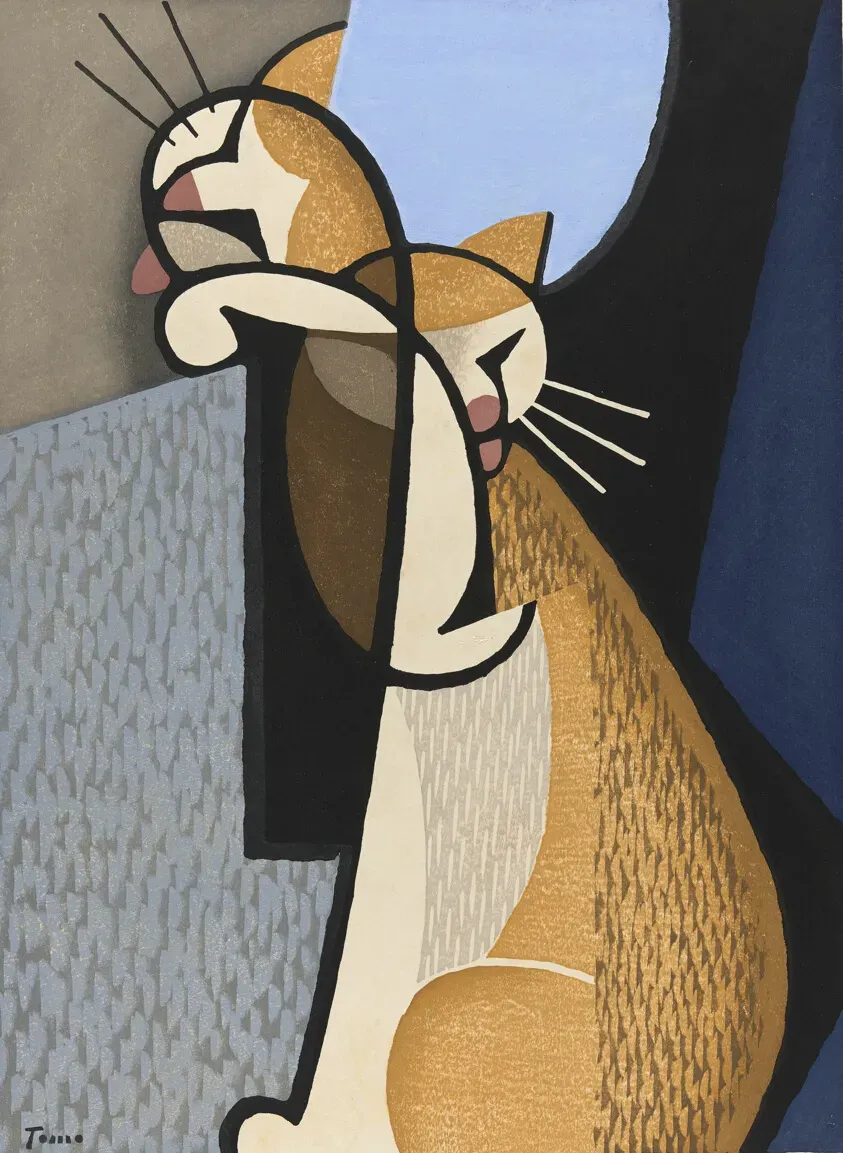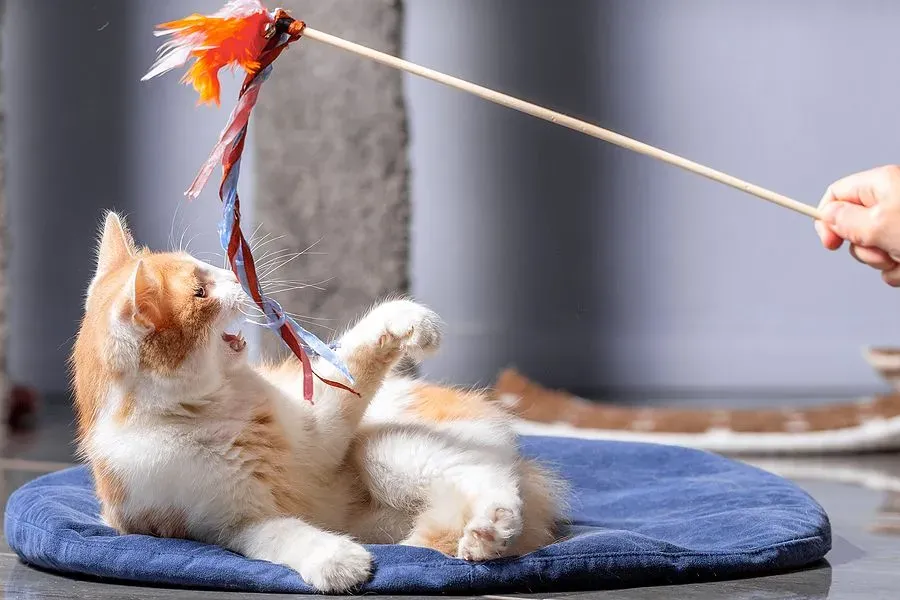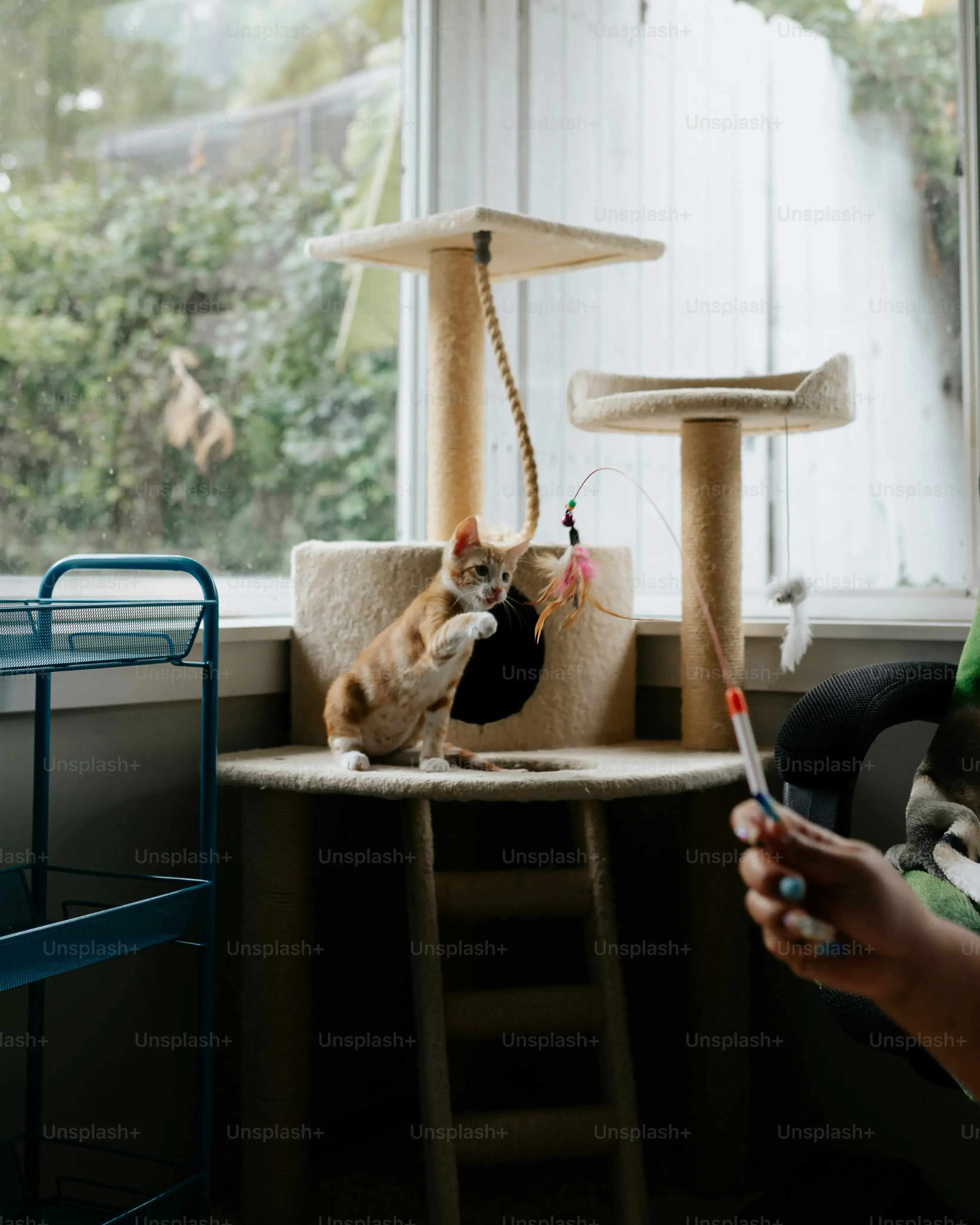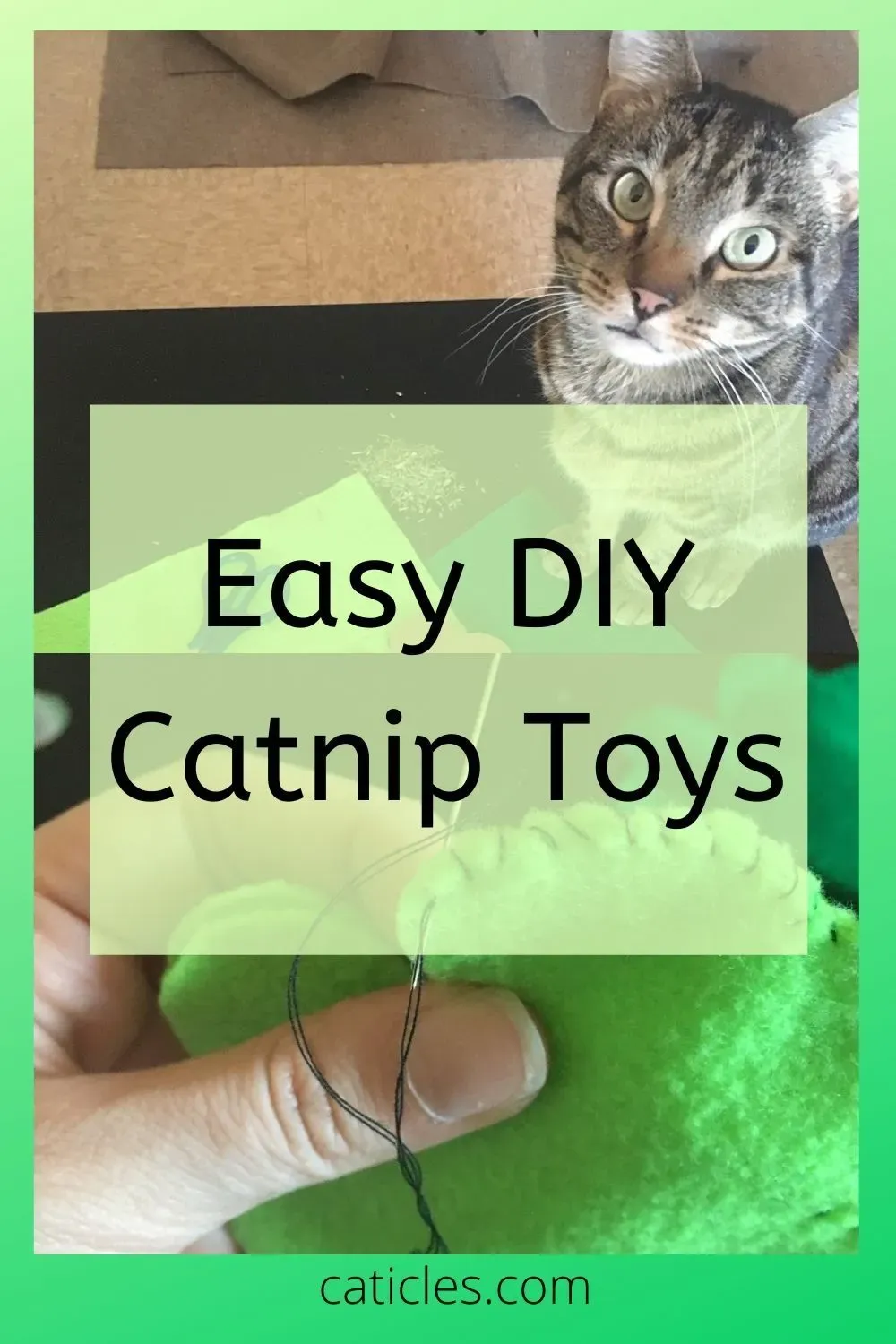Table of Contents
Let's be honest. You've dropped serious cash on a fancy cat toy, complete with bells, feathers, and catnip, only to watch your feline overlord ignore it completely and spend an hour batting around a dust bunny or the plastic ring from a milk jug. Sound familiar? Yeah, we've all been there. The good news? You don't need a degree in engineering or a trust fund to keep your cat entertained. Learning how do you make homemade cat toys is surprisingly simple, often using stuff you'd otherwise toss in the trash.
Why Bother Making Cat Toys Yourself?

Why Bother Making Cat Toys Yourself?
So, you're staring at the pet store aisle, right? Acres of brightly colored plastic and faux fur promising endless feline fun, each one costing more than your morning latte. You're probably asking yourself, "Why Bother Making Cat Toys Yourself?" The truth is, your cat probably cares less about the price tag and more about whether the thing moves unpredictably or smells vaguely like something interesting. Spending five bucks on a crinkle ball they'll lose under the sofa in an hour feels like a losing battle. Crafting a toy from a paper bag or an old sock, however, costs you next to nothing and often provides more genuine entertainment for your furry friend. It's about tapping into their primal instincts with simple items, not fancy electronics.
Super Simple: how do you make homemade cat toys from Stuff You Already Have?

Super Simple: how do you make homemade cat toys from Stuff You Already Have?
Alright, let's get down to brass tacks on how do you make homemade cat toys without a trip to the store. Look around your house right now. See that empty toilet paper roll? That's cat gold. You can simply toss it on the floor, and watch them go nuts batting it around. Or, for a slight upgrade, fold in the ends to make a little treat dispenser – drop a few kibbles inside, and they'll have to work to get them out. Another classic involves an old sock. Stuff it with some crumpled paper, tie off the end, maybe add a pinch of dried catnip if you have it, and you’ve got a soft, throwable toy perfect for bunny kicks. Even a simple paper bag (handles cut off for safety, obviously) provides endless entertainment as a crinkly hideout or pouncing trap.
Getting Crafty: More Fun Ideas for how do you make homemade cat toys

Getting Crafty: More Fun Ideas for how do you make homemade cat toys
Turning Scraps into Treasures
so you've mastered the toilet paper roll toss and the sock knot. Ready to step it up a notch without needing a workshop? This is where we get a little more creative with how do you make homemade cat toys. Think about felt scraps, old t-shirts, or even bottle caps (cleaned, of course, and supervise play!). A simple felt mouse is a classic for a reason. Cut two mouse shapes, stitch them together leaving a small opening, stuff with batting or more fabric scraps, add a string tail, and stitch closed. You can even tuck a little catnip inside before sealing it up. It's simple sewing, nothing complicated, and cats go absolutely wild for the texture and the way felt mice skitter across the floor.
Building Simple Puzzle Toys
Another great way to answer the question of how do you make homemade cat toys that engage their brains? Puzzle toys! These don't need to be complex contraptions. Grab a small cardboard box, like a shoebox. Cut several holes in the lid or sides, just big enough for your cat's paw to fit through. Toss some treats or small toys inside. Bam! Instant puzzle feeder that encourages problem-solving and slows down their eating if you use kibble. Or, take a plastic bottle, clean it thoroughly, and cut a few small holes around the sides. Fill it with some dry food or treats. As they bat it around, food falls out. It's a simple concept, but watching them figure it out is genuinely entertaining, and it keeps them occupied longer than just leaving food in a bowl.
- Felt Mouse: Cut, stitch, stuff, add tail. Add catnip for extra fun.
- Cardboard Box Puzzle: Cut paw-sized holes in a box, add treats or toys inside.
- Bottle Roller: Clean plastic bottle, cut small holes, fill with kibble or treats.
- T-Shirt Tent: Drape an old t-shirt over a wire hanger shaped like a tent, secure it. Instant hideaway.
Safety First: Important Tips for DIY Cat Toys

Safety First: Important Tips for DIY Cat Toys
Alright, so you've got your toilet paper rolls and felt scraps ready. Before you unleash your crafty creations on your unsuspecting feline, let's pump the brakes for a second and talk safety. This isn't optional; it's crucial. Cats, bless their curious little hearts, will chew, swallow, and generally try to dismantle anything you give them. A loose thread, a small bead, or a piece of stuffing can quickly turn playtime into a trip to the emergency vet. We’ve heard the horror stories, and trust me, they’re not fun. So, while making these toys is simple and cheap, cutting corners on safety is a terrible idea. Every toy needs a thorough inspection before and after play. Think of it like quality control, but the stakes are higher than a slightly wobbly felt mouse.
- Always supervise playtime with new toys, especially those with strings or small parts.
- Avoid using materials that fray easily or can be chewed into small, swallowable pieces.
- Cut off any loops or long strings that could pose a strangulation hazard.
- Ensure any embellishments (buttons, beads) are securely attached or, better yet, avoided entirely.
- Check toys regularly for wear and tear, and discard them if they start falling apart.
- Use non-toxic adhesives if you need to glue anything.
My Cat Ignores New Toys! Making Your Homemade Creation a Hit

My Cat Ignores New Toys! Making Your Homemade Creation a Hit
Why Does My Cat Turn Up Their Nose?
So you've poured your heart and soul into crafting the perfect felt mouse or cardboard puzzle, only to have your cat sniff it once, give you a look that says "Is this it?", and walk away to nap in a sunbeam. Infuriating, right? It's a common complaint: "My Cat Ignores New Toys!" You're not alone in this struggle. Cats aren't like dogs who are often thrilled with anything you present. They are discerning hunters, and a new object just sitting there might not trigger that prey drive. Maybe it doesn't move right, maybe it smells wrong (like *you*, instead of something interesting), or maybe they're just not in the mood. Understanding this pickiness is the first step. It's not personal; it's just... cat.
Making Your DIY Toy Irresistible
so how do you bridge the gap between your brilliant homemade creation and your cat's cynical indifference? You need to make the toy exciting, like actual prey. The simplest trick? Add catnip. A small amount tucked inside or rubbed on the outside can turn a basic sock toy into the most fascinating object in the house. But not all cats react to catnip, and you don't want to rely on it solely. Movement is key. Don't just plop the toy down; make it dart, wiggle, and hide like a real mouse or bug. Drag a string toy slowly under a rug, flick a felt mouse across the floor, or bounce a bottle roller gently. Interactive play is often the catalyst that transforms a ignored object into a treasured kill (or, you know, something to bat around vigorously). Rotate toys too; leaving the same ones out all the time makes them boring. Hide the homemade toys when not in use and reintroduce them later to make them feel "new" again. It's all about novelty and tapping into that innate hunting sequence – stalk, pounce, kill (playfully, of course).
Tips for Toy Acceptance:
- Introduce toys during active times, like dawn or dusk.
- Rub the toy with a little catnip if your cat responds to it.
- Use a wand or string to make the toy move like prey.
- Hide the toy and let your cat "discover" it.
- Rotate homemade toys to keep things fresh.
- Don't force interaction; let them approach the toy at their own pace.
Happy Cat, Happy Wallet: Wrapping It Up
So there you have it. Proof that keeping your cat entertained doesn't require a second mortgage or a trip to a boutique pet store. You've seen how do you make homemade cat toys using things you probably have cluttering up your house right now. A toilet paper tube, an old sock, some scrap fabric – these humble items can become your cat's next obsession. The real trick isn't fancy materials; it's tapping into what makes your cat tick: their hunting instincts, their love of batting things around, and frankly, their often baffling preference for a cardboard box over the expensive bed inside it. Give these DIY ideas a shot, keep safety in mind, and remember that sometimes the simplest things bring the most joy, both for you and your four-legged roommate.